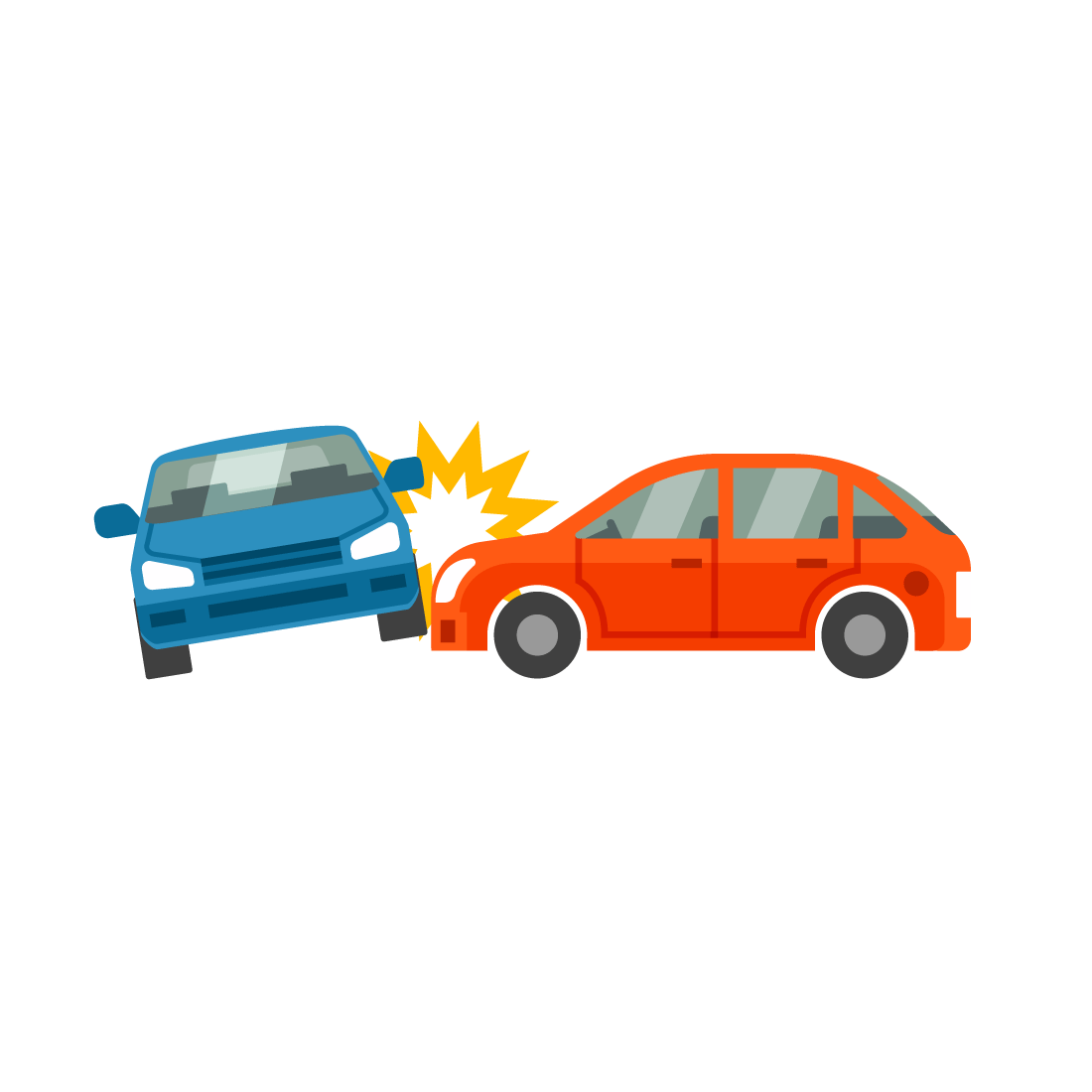Investigating Weather Conditions Across the United States
An obvious factor that may contribute to car accidents is weather. To investigate this, the following plots explore the weather conditions that were reported for each fatal car accident event. First, Figures 4 and 5 produce simple exploratory plots to understand the distribution of different types of weather conditions that were reported for the incidents. Then, Figure 6 shows how these weather distributions change among the different states.
Figure 4 shows that the majority of fatal car accidents in the United States from 1975 to 2015 occurred during clear weather conditions. This is a very interesting finding that may not have been expected, but provides great insight into the fact that car accidents can occur for more reasons than just weather. However, to continue with the investigation of weather-related fatal car accidents, Figure 5 plots the percent of each weather condition that was recorded during fatal car accidents happening during any non-clear condition. From this plot, it's seen that the most frequent non-clear weather condition occurring during fatal car accidents is rain. This may not come as a surprise as this is likely the most frequently-occurring non-clear weather condition in the United States in general. However, it's interesting that the condition of snow is not a greater contributer.
To further study the relationship between non-clear weather conditions and fatal car accidents, an important aspect to consider is geographic location of the accidents. Different states in the United States are more or less likely to experience certain weather conditions. Therefore, the amount of accidents occurring during each non-clear weather condition can be investigated on a state-by-state basis. To do this, Figure 6 colors each United States state based on the most commonly-occurring non-clear weather condition across all fatal car accidents that occurred in that state from 1975 to 2019. Then, clicking on an individual state produces a bar chart that further breaks down the counts of fatal car accidents occurring within that state, across all the years, during each non-clear weather condition.
Figure 6 shows that the most common non-clear weather condition during fatal car accidents across the United States is rain, and the next is snow. This provides insight into the fact that road conditions are likely a major factor in car accidents in general, and certainly in fatal car accidents. Considering this, an automotive engineer may put more emphasis into developing better traction control of vehicles in rain and snow. Furthermore, a roadway transportation engineer may further investigate this research by seeing if wet road conditions paired with different roadway curvatures or speeds produce more fatal accidents; depending on the findings, regulations could be developed to adjust the speed limit and curvature of roads. Based on the map above, these regulations could be adjusted per state based on the impact of weather conditions on each individual state. Thus, this graphic provides direction for further research and guidance for future design ideas.
To dive deeper into this investigation, the most common non-clear weather condition ocurring during fatal car accidents across the United States is further broken down by month of the year to understand how the weather changing across the months of the year impacts fatal car crashes. This is shown in Figure 7 by an innovative representation of the dataUrl in which pressing the "Start" button begins a cycling of months. For each month (January through December), the dominant non-clear weather condition seen in fatal car accidents in each state is shown visually via coloration. At any point, the map may be stopped and each state selected to investigate the exact breakdown of non-clear conditions within that certain state during the specified month. Creating this visualization required several iterations of thought and coding. First, a simple map of the dominant weather conditions existing for all accidents in each state was created. Then, this base map was extended to include increased information regarding each state via a user-click. When each state is selected by the user, a new bar plot appears to provide a complete breakdown of the number of fatal car accidents that occurred within the selected state during each non-clear weather condition. Finally, the map was animated and the data converted to consider month-by-month data. In doing this, the plot provided a greater depth of understanding of the data for the user. In sum, the creation of this plot was a challenging process of iterative trial and changes to produce a truly innovative end product.
Figure 7 may not provide any exciting new insights for the safety engineers, but is an interesting visual for further understanding the impact of weather in different states throughout the year. Automotive manufacturers could use the findings in Figures 6 and 7 to adjust their marketing across different states in terms of the safety features that they advertise within their vehicles. For example, a manufacturer may highlight a vehicle's 4-wheel drive in their advertisements in North Dakota where they get a lot of snow, but focus on a vehicle's automatic traction control in their advertisements in Florida where they get a lot of rain.


